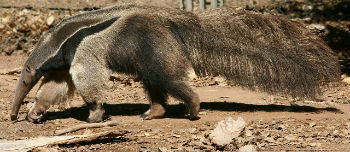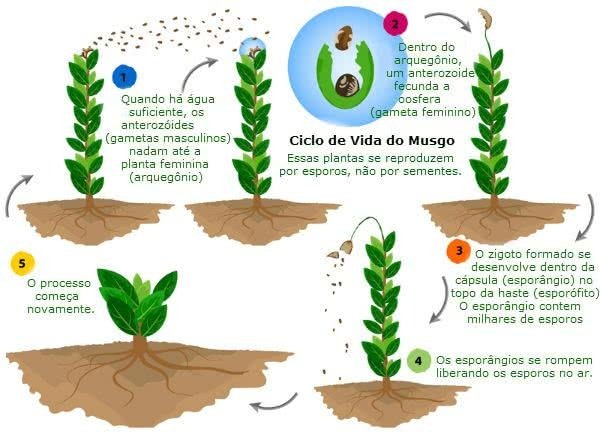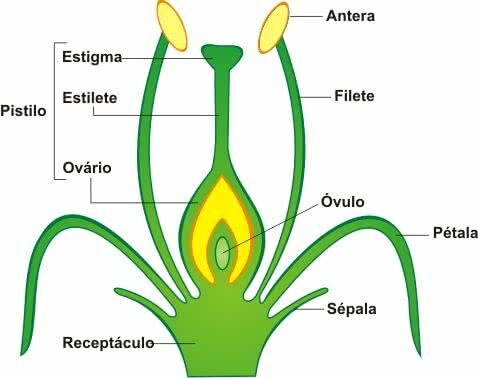The Giant Anteater is a mammal native to America. It gets its name since its tail is shaped like a flag.
In some places in Brazil they are known by their names: anteater, horse anteater, giant anteater, giant antbear, iurumi, jurumim.
 Giant Anteater
Giant Anteater
Belongs to the class of mammals (Mammalia), order Xenarthra and family of Myrmecophagidae, being its scientific name Myrmecophaga tridactyla.
Unfortunately, in some places it has already been extinct and in Brazil it is one of the animals on the extinction risk list. Besides him, there are other species of anteaters in the country, however this is the largest of them.
These animals have a very important ecological function, since when they feed on insects they spread residues and nutrients on the land, leaving it fertilized.
Characteristics of the Giant Anteater
Habitat: Where do you live?
The giant anteater lives in grasslands, open areas and tropical forests. It is found in all Brazilian biomesAttractions: Amazon, Caatinga, Atlantic Forest, Pantanal, Cerrado and Pampa.
Besides Brazil, it is found in other parts of the American continent (South and Central America).
In nature they live about 25 years. In captivity, this expectation may increase in five years. On the other hand, some die even earlier in captivity as they do not receive food based solely on insects there.
habits
Giant anteaters are diurnal or nocturnal animals. This characteristic varies according to the region they inhabit, according to temperature and rainfall (rainfall).
They are solitary animals when they reach adulthood. They are neither agile nor aggressive, however, if they feel threatened they sit on their hind legs and attack with their huge claws.
They are not territorial animals and therefore can walk all day in search of shelter and food. Also, they can swim.
Although they are large and heavy, their immense claws allow them to climb trees. This defensive behavior is essential to protect themselves from some predators.
body structure
The Giant Anteater has very long hairs on its body, in addition to an immense furry tail and a thin, cylindrical snout. They are quadrupeds (they have four legs) and move slowly.
They are usually gray or brown and have a black and white band that extends diagonally across the entire body. It features huge, strong and curved claws that aid in defense.
With them, they can also reach anthills or insect dwellings to feed. Although their eyesight isn't very keen, they make up for it with their developed sense of smell.
Even though it's a mammal, he has no teeth. Its mouth is small, however, its tongue is very large and it has a kind of sticky, sticky saliva that "sticks" its food.
 Giant Anteater with its tongue hanging out
Giant Anteater with its tongue hanging out
food
The Giant Anteater feeds mainly on small insects, for example, ants, termites, larvae, centipedes, worms.
It eats about 35,000 insects a day, being well known for eating ants. For this reason, in some places, it is called “the ant-bird”.
Because he has no teeth, he swallows them without chewing. When they find food, they dig into the ground with their claws and stick their tongue in the hole. Insects stick to your tongue. In some places they feed on fruit.
reproduction
These animals reach sexual maturity at around three years of age. When fertilized, females generate only one animal (about 1 per year). The breeding season for giant anteaters is spring.
Gestation is approximately six months (190 days). As a mammal, the mother feeds her babies with the milk produced in their breasts.
 Giant Anteater with cub on its back
Giant Anteater with cub on its back
Breastfeeding lasts between 6 to 9 months, and they gradually learn to feed themselves with her. During the first year of life they remain on their mothers' backs. There they remain warm and protected.
Curiosities
- Weight: adult giant anteaters weigh between 20 kg and 60 kg. When they are born, they weigh about 1.2 kg.
- Length: can measure between 1 and 1.30 meters (outside the tail). The tail alone can reach 1 meter in length. In total, the animal measures about 2 meters.
- Height: they are about 60 cm tall.
Did you know?
The expression “an anteater hug” is related to the way he attacks his opponents. That is, it digs its huge claws into the animal's back.
Even though they are docile and calm animals, you should never hug an anteater, because for him this gesture means an affront.
Anteater in extinction
The species has been suffering a lot in recent decades with the loss of its habitat. The main cause is deforestation resulting from the expansion of livestock, agriculture and industry activities. As a result, the areas where he lives are devastated and his food becomes increasingly scarce.
In addition, illegal hunting and running over of these animals has contributed to the decline of the species. Forest fires have also been a determining factor in the increased risk of extinction.
Some projects linked to the conservation of the species have carried out the reproduction of giant anteaters in captivity. It is an animal that is present in all states of Brazil.
Recent surveys indicate that it has already been extinct in Espírito Santo and Rio de Janeiro.
Learn more about the topic by reading the articles:
- Brazilian fauna
- Endangered species
- Endangered Animals in Brazil
- Amazon Animals
- Animals of the Cerrado
- Caatinga Animals
- Pantanal Animals
- Atlantic Forest Animals
- Pampa animals


